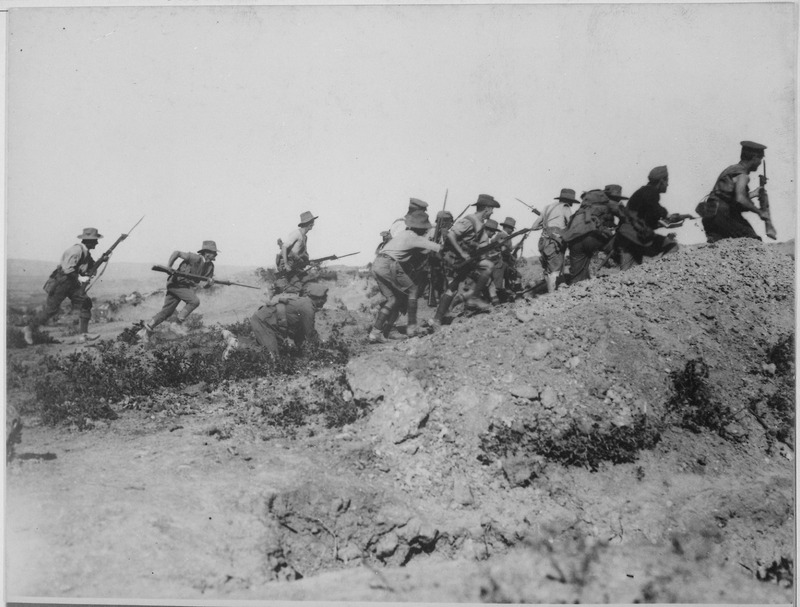
Figure 1 – Australian troops charging an Ottoman trench during the Gallipoli Campaign, from the Wikipedia, from the US National Archives and in the public domain.
This past Saturday was the 100th anniversary of the amphibious landing, largely of Australian and New Zealand troops, that marked the beginning of what became know as the Gallipoli Campaign. The naval attack was repelled, and after eight months’ of miserable fighting, with huge casualties on both sides, the land campaign was abandoned and the invasion force was withdrawn. Australia and New Zealand mark the date of the landing as “Anzac Day” The troops that landed that day were referred to as the Australian and New Zealand Army Corps.
The Gallipoli Campaign was typical of the terrible events of the First World War. Was there really a winner? And I think it significant that World War I was really the first major war where photojournalists were able to cover the real action, such as that of Figure 1 showing Australian troops… Photographers covered the Crimean War (1853-1856), the American Civil War (1861 – 1865), and the Paraguayan War (1864 – 1870), but these were images of fortifications, gun emplacements, and casualties in after math. It really wasn’t until the First World War that cameras became portable enough to be carried into battle and this has changed both our understanding of war and our expectations of war journalists. You would think that we might have learned something in the intervening century.
